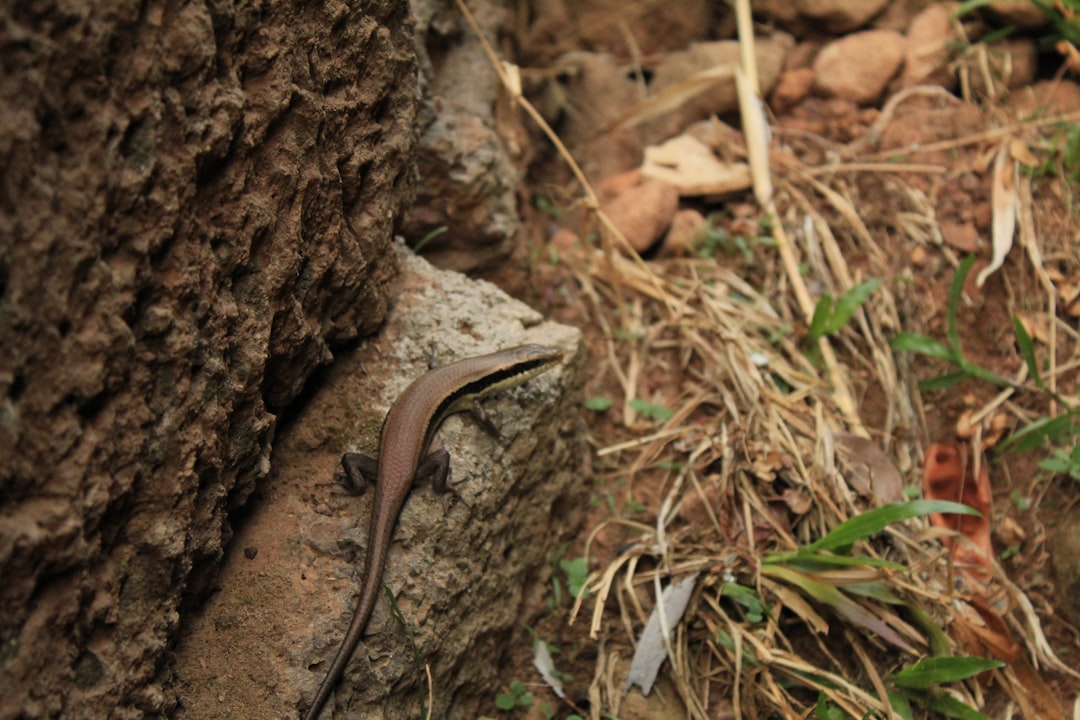What is it about?
European wildcat populations (Felis silvestris silvestris) are fragmented across the continent, the likely consequence of recent extirpations due to habitat loss and over-hunting. However, their underlying phylogeographic history has never been reconstructed. In this study we used 31 microsatellites to genotype 668 presumptive European wildcats sampled in 15 European countries. Moreover, we genotyped 26 African wildcats from Sardinia and North Africa and 294 random-bred domestic cats. Results confirmed that the European wild and the domestic cats (plus the African wildcats) are genetically distinct. We identified 5% - 10% cryptic hybrids in southern and central European populations. In contrast, wild-living cats in Hungary and Scotland were deeply admixed. The European wildcats are subdivided into five main genetic groups respectively distributed in the Iberian Peninsula, central Europe, central Germany, Italian Peninsula and the island of Sicily, and in north-eastern Italy and northern Balkan regions (Dinaric Alps). Results indicate a late Pleistocene–early Holocene population splittings (from c. 60 k to 10 k years ago), contemporary to the last Ice Age climatic changes, and provide evidences for wildcat Mediterranean refuges in southwestern Europe. Historical genetic subdivisions suggest conservation strategies aimed at enhancing gene flow through the restoration of ecological corridors within each biogeographic units. The risk of hybridization with free-ranging domestic cats along corridor edges should be carefully monitored.
Featured Image
Why is it important?
Results of this study for the first time allowed drafting a continental-wide phylogeography of extant European wildcat populations.
Perspectives
This study offers a framework and working-hypotheses that could be used to test and implement further wildcat phylogeographical modelling using forthcoming genomic data.
Dr Ettore Randi
ISPRA
Read the Original
This page is a summary of: European wildcat populations are subdivided into five main biogeographic groups: consequences of Pleistocene climate changes or recent anthropogenic fragmentation?, Ecology and Evolution, December 2015, Wiley,
DOI: 10.1002/ece3.1815.
You can read the full text:
Contributors
The following have contributed to this page










